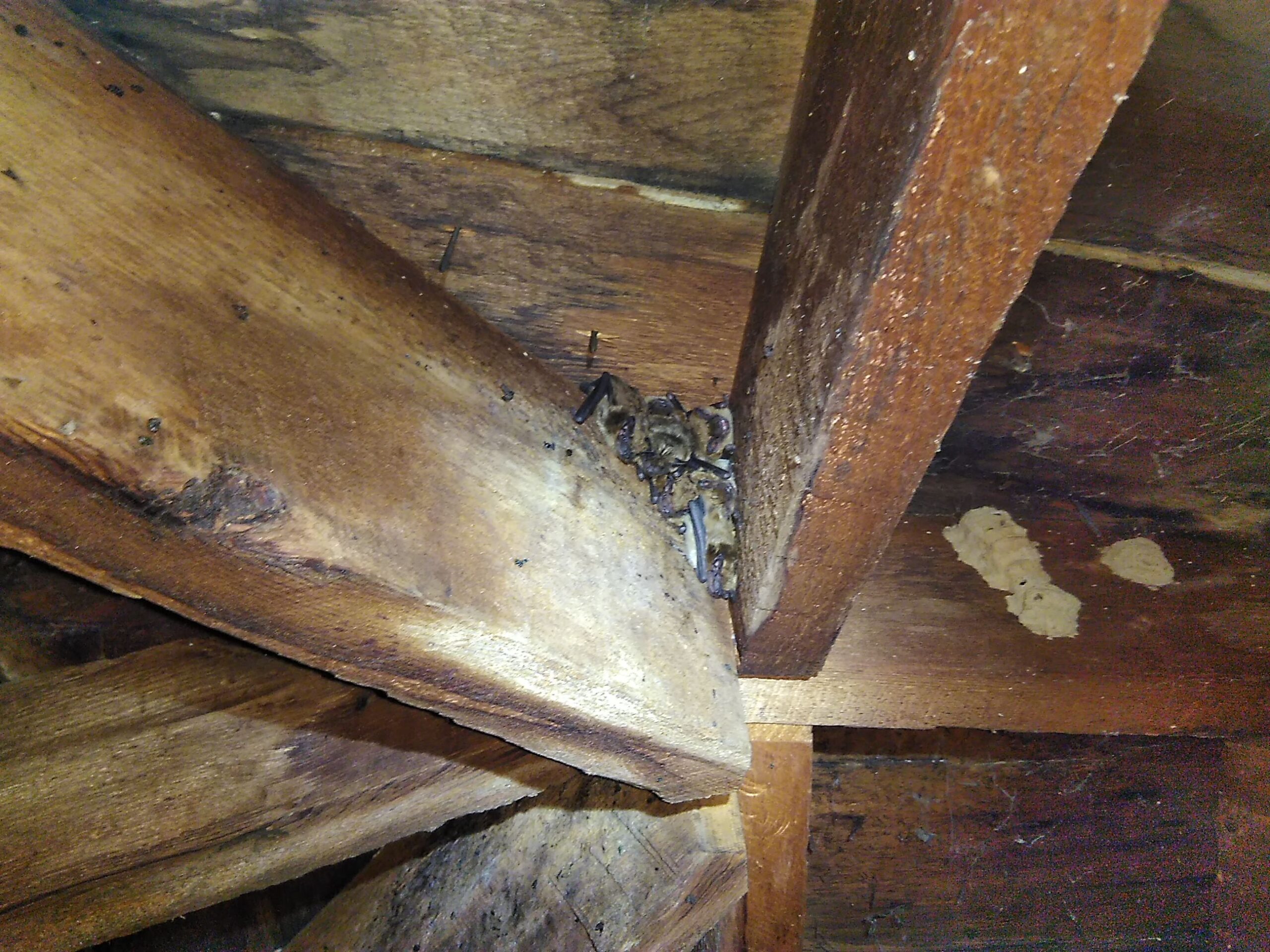

DON'T FORGET TO SHARE THIS POST!
Did you find this Blog useful?





No votes so far! Be the first to rate this post.
About the author: Marcus is the owner and operator of Skedaddle Humane Wildlife Control – Milwaukee. Born and raised in Milwaukee, Marcus combines the academic training (M.S. Wildlife Biology, UW Madison) with the field training and skills to be successful in resolving wildlife conflict for home and business owners. Part of this field experience was working as an intern at a local wildlife rehabilitation center where Marcus interacted with Milwaukee residents experiencing conflict with wildlife on a daily basis. These interactions pushed Marcus to bring these needed services to Milwaukee and officially launch Skedaddle Humane Wildlife Control – Milwaukee!
Connect with the author via: LinkedIn
Main Categories
- Raccoons (536)
- Mice (494)
- Squirrels (397)
- Bats (334)
- Birds (176)
- Skunks (252)
- Other (21)
- Prevent and Protect (135)
- Clear and Clean (13)
- Animals and Your Health (39)
- Wildlife Babies (34)
Locations
- Ajax (66)
- Anne Arundel (28)
- Anoka County (17)
- Barrie (41)
- Bowmanville (14)
- Calvert County (19)
- Coquitlam (135)
- Durham (87)
- Etobicoke (16)
- Halifax (2)
- Hamilton (59)
- Hennepin County (18)
- Kitchener/Waterloo (43)
- Madison (144)
- Markham (39)
- Milwaukee (332)
- Minneapolis (21)
- Mississauga (9)
- Montreal (52)
- Newmarket (39)
- Niagara (41)
- North York (23)
- Oakville (47)
- Okanagan Valley (75)
- Oshawa (72)
- Ottawa (37)
- Peterborough (1)
- Pickering (64)
- Rexdale (20)
- Richmond Hill (36)
- Scarborough (22)
- Sudbury (3)
- Toronto (26)
- Vaughan (38)
- Victoria (78)
- Waukesha (32)
- Whitby (70)
- York Region (31)
FOLLOW US
Archives
CALL US TODAY
1.888.592.0387
OR
Request for Services

